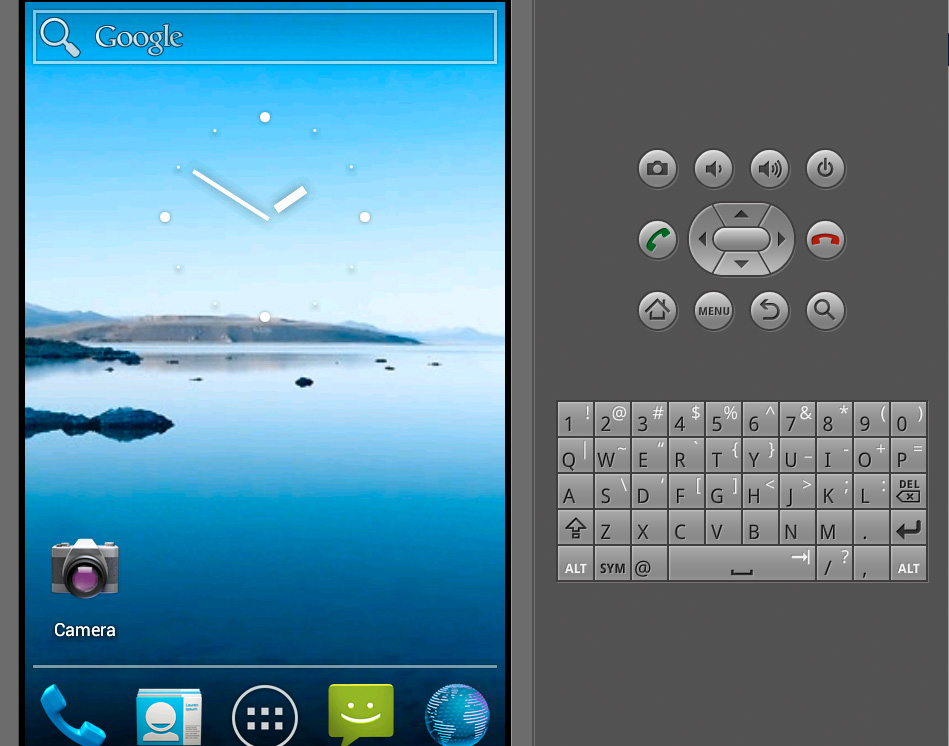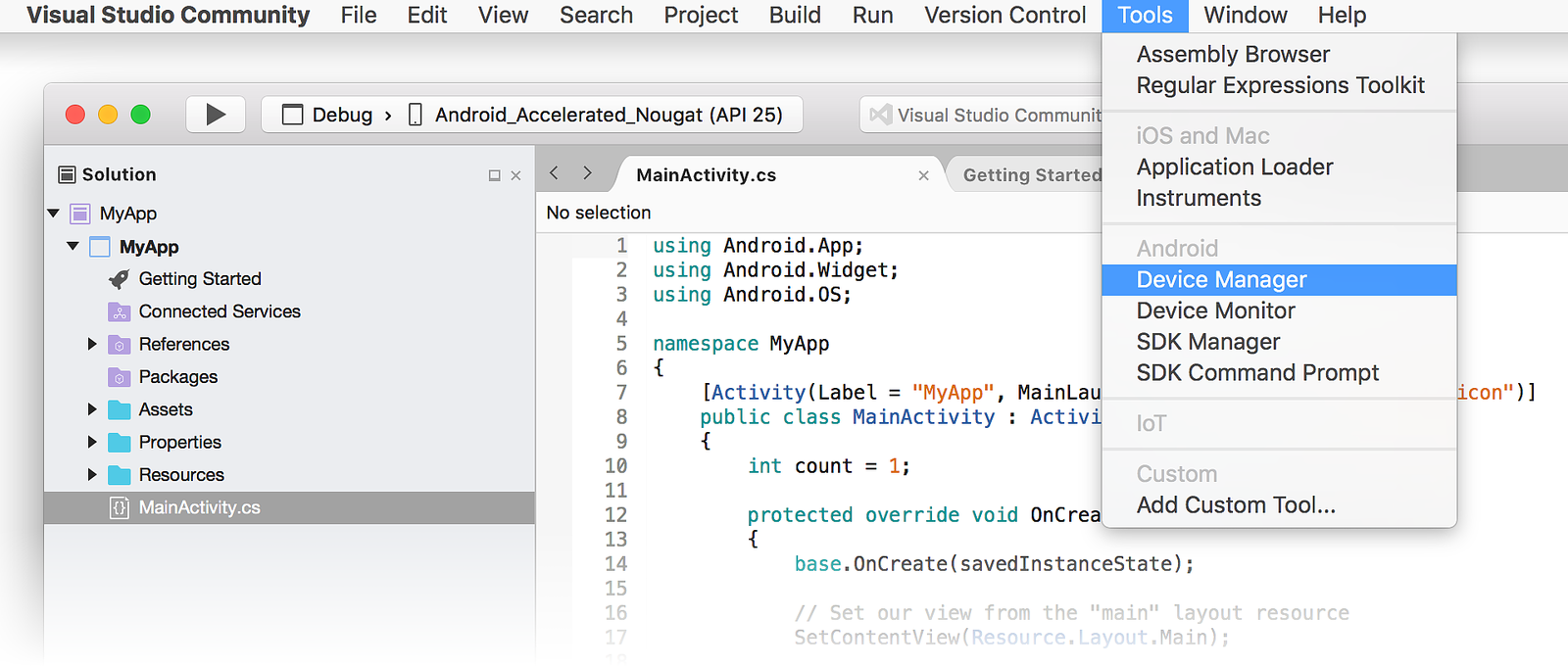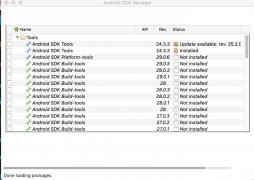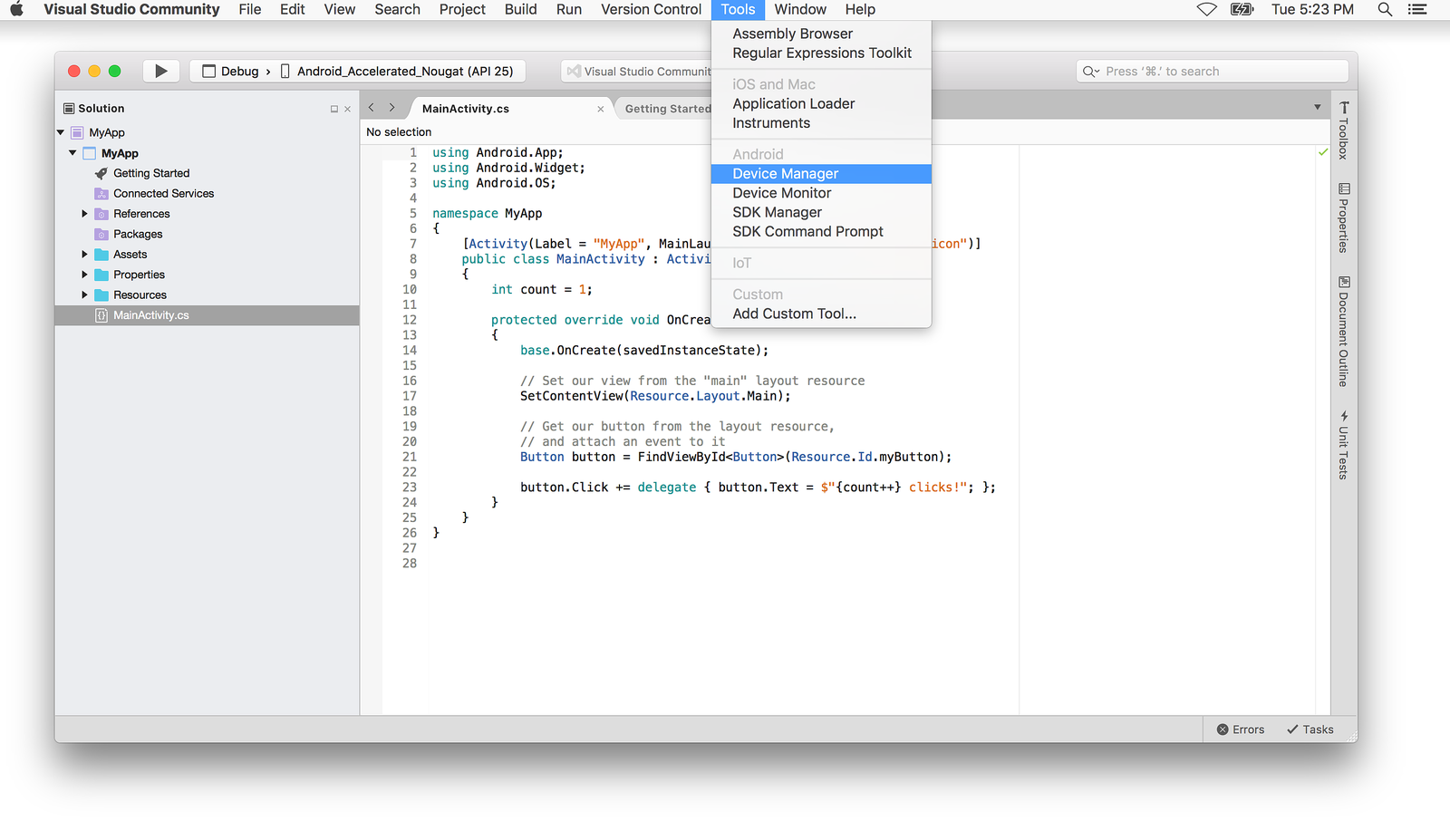

- #MAC ANDROID EMULATOR SDK HOW TO#
- #MAC ANDROID EMULATOR SDK INSTALL#
- #MAC ANDROID EMULATOR SDK DRIVERS#
- #MAC ANDROID EMULATOR SDK FOR ANDROID#
Fortunately, Google announced that the emulator can now run native on the machine, therefore performing much faster.


Programmers are likely to have finished development and submitted the app to the Play Store before the emulator is done booting up. Use the CopyFiles feature if you wish to include multiple stack files in your application.Many of you know how slow the emulator is. Note: Inclusions, Copy Referenced Files, Bug Reports and Stacks features are not available when building for Android. If you wish to share code and resources among platforms, factor your application into multiple stacks, using a different mainstack for mobile and desktop targets.
#MAC ANDROID EMULATOR SDK FOR ANDROID#
Note: Making a stack build for Android disables building standalone mainstacks for any other non-mobile platforms.

You can select the name of your application using the General option at the top of the pane and add files to your build by using the CopyFiles option at the top of the pane. You can make a stack build for Android by selecting the Build for Android tick box and configure any other options you wish to include. This raises the Standalone Application Settings dialog for Android specific builds. Then choose Android from the list of deployment options. Select File -> Standalone Application Settings. The root directory may look something like. You may have to navigate one level deeper into the directory hierarchy to access the root directory. This indicates that the path you specified is not pointing at the Android SDK root. (see Installing the Android SDK Packages step) Please ensure you have installed it correctly, and enabled support for Android 2.2 (Froyo). The chosen folder is not a valid Android SDK. The following error message may be raised if something is wrong with your set up: This ensures that you have selected a valid location and have the required Android components installed. Validation checks are made once you specify the location of the Android SDK root. under Android SDK and choose the directory containing the Android SDK root. This dialog allows you to configure the path to the Android SDK root, which you should already have installed. Then select Mobile Support and you are presented with the dialog shown in this step. Launch the LiveCode IDE and select LiveCode -> Preferences to launch the Preferences menu. The next step is to launch LiveCode and configure it to interface with the Android SDK. After tapping the build number 5 times you’ll see a message “Press it two more times to be a developer!” and after tapping 7 times you’ll see message “You are now a developer” or “Developer mode has been enabled”ģ) Navigate to Settings> Developer optionsīy now, you should have successfully installed the required software in your development environment. Now Scroll onto Build Number and tap it 7 times repeatedly. An example for a Galaxy S3 running Android 4.1.1 is-ġ) Go to Settings> About> Software Information> MoreĢ. To enable debug mode, please see your manufactures recommend instructions for doing so.
#MAC ANDROID EMULATOR SDK DRIVERS#
The relevant device must be set to debug mode, once the necessary drivers are installed.
#MAC ANDROID EMULATOR SDK HOW TO#
Details of how to do this can be found at the Android Developer Website here:
#MAC ANDROID EMULATOR SDK INSTALL#
Install the appropriate device drivers for the devices you would like to use. These devices can be accessed after they have been appropriately configured for debugging. In addition to setting up virtual devices, it is possible to set up physical devices.


 0 kommentar(er)
0 kommentar(er)
